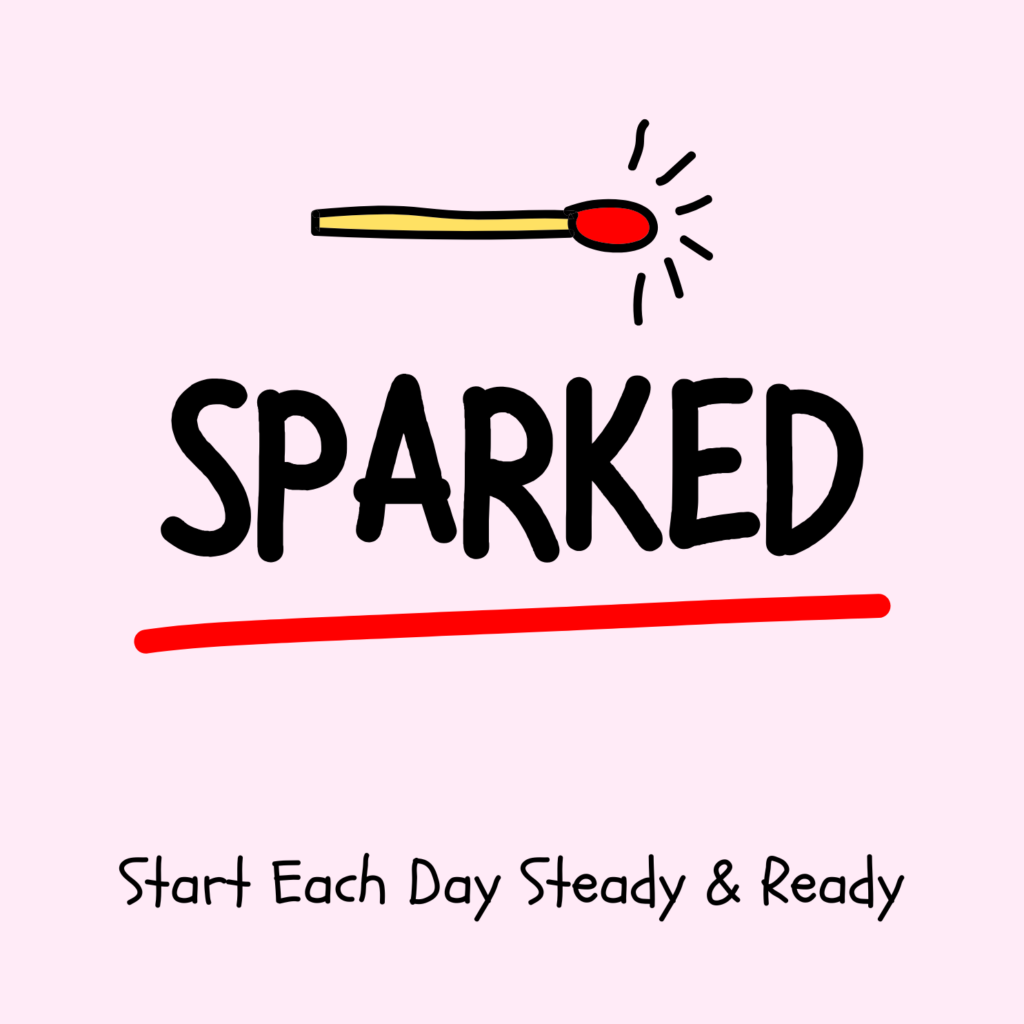My philosophy is if you need to solve a problem, go out for a walk. Get some fresh air and clear your mind, and you’re likely to return home with your answer. Move and breathe in rhythm for a prolonged period of time, and you’ll settle down. Move your body in rhythm, and you’ll calm your mind. Move your body and you’ll balance your nervous system. You’ll undoubtedly feel lighter and brighter.
I’ve instinctively known the importance of movement my entire life. Moving my body stirs stuff up and shakes things out in a way that nothing else can. A good walk cleans out the cobwebs. A well-paced run steam-cleans my soul. A wide-open stretch of road on my rollerblades frees my spirit. A strong, steady yoga practice empowers me. I could go on.
Our mind and body communicates through the nervous system. When our body feels sluggish, so does our mind. When our mind is frazzled, so is our body. When we are consumed by thoughts we remain unaware of the sensations arising from our body.
Moving in rhythm settles us releasing tension from places we didn’t even realize were tight. A good sweat seems to burn through the mental junk that’s no longer helpful or necessary. In this state we vividly notice physical sensations and become more aware of the sights, sounds, and smells in our surroundings. Some call it a runner’s high. I call it being mindful.
A recent study published in Translational Psychiatry found that the combination of meditating and running could be better for mental health than practicing just one those activities. The implications of this research are exciting and begs the question: How might making any workout—be it cardio, strength training, or lifestyle activities—a also include mindfulness training and this bodymind training ultimately reduce stress, improve overall health, and increase overall happiness?
Instead of simply exercising to workout and burn calories, I invite you to move in a way that not only gets your blood pumping and invigorates every cell in your body, but also shifts you from feeling busy and distracted to clear and bright. The following bodymind practice will help you synchronize your breath and body in a way that settles your nervous system and ultimately your mind. Apply these six steps to any activity or workout.
- Set an intention. As you tie up your laces, strap on your helmet and bring purpose to your workout by setting an intention.
- Warm up (5-10 minutes). Next, focus on matching the rhythm of your breath with a simple warm up. By moving rhythmically your brain activity, heart rate, and nervous system begin to steady.
- Move in Rhythm (10-20 minutes). Pick up the intensity but continue to coordinate your breath and movement. If you have trouble doing this, then simply focus on your breathing for a few minutes. Eventually you’ll find a rhythm.
- Challenge yourself (15-30 minutes). To build strength, challenge your muscles and heart. Push the boundaries of what you think you’re capable of doing, and notice how alert you feel.
- Cool down (5-15 minutes). Steadily slow down the pace of your movement until you come to a standstill. Notice the way your body is buzzing or tingling. Check out your surroundings, the sky, and landscape. Allow yourself to drink it all in.
- Rest (5-10 minutes). Take a few minutes to rest. Recognize the symphony of sensations flowing in and around you. Practice naming what you feel and sense. For example, my foot is tingling, my heart is racing, the sky is blue, or I hear birds chirping. Notice how you feel. Practice naming your state: I feel clear, or I feel calm.
Moving and breathing in rhythm with intention and vigor will stabilize your mind and turn your workouts into a rewarding bodymind practice. It also opens you to experience the best that a good physical rinse offers you in addition to the space and clarity that arises from mindfulness practice. Turn your workout into a bodymind training and feel awake and fully alive from your head to your toes.
Listen to Episode #8 Move Your Body. Train Your Brain for more.
Check out www.vergebodymind.com for on-site and on-demand practices.





